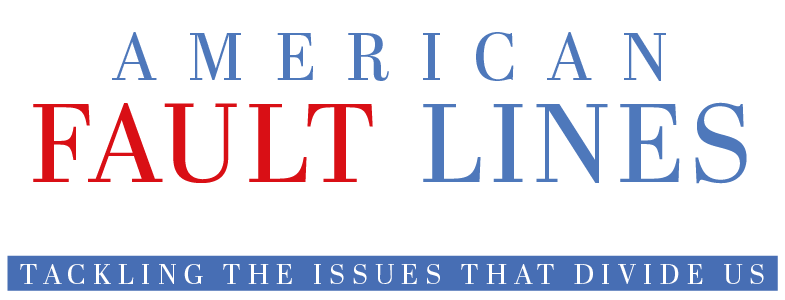
(Nov. 11, 2013) I recently learned that the publisher of a rural daily newspaper in Washington State, an alumnus of our university, was angry at me. I believe, he'd told a colleague, that print is dead.
I was perplexed. Then I recalled that he had visited our college a few years ago, when we were merging our print and broadcast majors into a multiplatform news sequence. As noted in the Columbia Journalism School's recent report "Educating Journalists: A New Plea for the University Tradition," such "convergence" curricula are becoming increasingly common at journalism schools.
I wondered how many other news execs think we are writing the obit for newspapers. And how many university administrators think we are training students for a dying industry.
As I told the alum, I do not believe newspapers are dead. I do believe that news is becoming platform-agnostic; that print is just one of several delivery vehicles a "newspaper" must utilize; and that while the nonprint platforms have yet to significantly pay for themselves, it is only a matter of time.
In the age of bloggers, I believe journalism education is more important than ever. But I also believe it must continually retool or die.
This isn't just about the latest bells and whistles of the digital age. As noted in the Columbia report, "It is critical that educators and professionals recognize that digital skills, while necessary, do not constitute professional journalism."
But the delivery vehicles of professional journalism are changing; so knowing how to write a good lead is no longer enough. Many weeklies are evolving into online dailies (while, for the moment, retaining the weekly print edition as their bread and butter); some dailies, such as The Oregonian, are going digital and cutting back print; some community newspaper chains, like the Pioneer News Group, now identify themselves as "diverse multimedia" companies.
Further blurring the lines, print's broadcast competitors are providing online the kind of "print" reporting that was once the dominion of newspapers. Meanwhile, news organizations such as The Washington Post and the The Boston Globe are selling for pennies on the dollar (or in the case of Newsweek, for 100 pennies).
I do not believe paper and ink newspapers will completely disappear in my lifetime. I do believe my grandchildren will view them as museum oddities. As the new head of Rupert Murdoch's scandal-plagued British newspaper unit put it, "If you keep saying 'newspaper,' there's the risk you constrain your thinking."
A whopping 20 percent more people now get their news from digital sources than from newspapers, according to the latest "State of the News Media" report; The audience for print continues to decline, while that for news websites grew by 17 percent in 2011.
Over all, revenue for digital advertising, while still only a fraction of total advertising revenue, grew to almost $20-billion last year, with most going to nontraditional players like Google and Facebook. Revenue from print advertising continues its long decline.
And there's more.
The Pew Charitable Trusts reports that one-third of Americans now own tablets. Magazines continue to struggle, with the only ray of light that a small but growing number of magazine readers are turning to digital editions.
Facts like those cannot be ignored. They are as relevant to student journalists who hope one day to run their own rural weeklies as they are to those who aspire to run the news division of the next Google. Ditto for those of us who teach journalism.
As dean of a communication college with journalism in its soul, I face realities that leave no doubt that we must constantly reshape the way we prepare students.
Reality No. 1: Newspaper readership among our students—the next generation of news consumers and producers—is plummeting. A national study for the Association of Schools of Journalism and Mass Communication asked recent journalism graduates about their media consumption:
- Slightly more than a third read a newspaper the day before completing the survey, down from 81.7 percent in 1994.
- Three-quarters consumed news online, and two-thirds read it on a mobile device.
- More than half read at least one blog.
- Nine out of 10 checked at least one social-networking site.
- About three-quarters used video-sharing sites.
Let me underline that: Almost twice as many graduates in journalism and related fields consumed news on their smartphones or tablets than read a paper-and-ink newspaper. Consider, too, that, according to Pew, Gen Xers and millennials follow the news—any news—about half as much as older Americans did when they were young adults.
Reality No. 2: While there has been some improvement in the overall job market for journalism graduates, the percentage of students seeking jobs in print journalism has declined or stagnated in recent years; the number of students seeking employment at purely online organizations now exceeds that for print.
Reality No. 3: There are fewer print jobs available. Total full-time employment at newspapers is at an all-time low, according to the American Society of Newspaper Editors.
Reality No. 4: Print and broadcast organizations alike that are hiring tell us they will not employ a graduate who does not have multiplatform skills. The ability to write and report remains paramount, but that is no longer enough for most employers. Journalism graduates do get jobs, but it's usually on the strength of both their reporting chops and their digital skills.
Reality No. 5: TV news is no longer the sexy career it once was. Local station managers complain of a "brain drain," and salaries in both print and local TV news continue a downward slide even as student debt skyrockets.
That's why two-thirds of journalism educators in a recent Poynter's News University survey said their programs were innovating to keep up with the industry. God knows, the pace of change in academe can be glacial. There's plenty of criticism—from foundations, from the news industry, and from inside academe—some of it valid, some oversimplified, and some from folks who have drunk the new-media Kool-Aid that transforms anyone with a digital device into a journalist. While 96 percent of journalism educators think their schools are important for understanding the value of journalism, only 57 percent of professional journalists do.
Failure to retool will only exacerbate that disconnect. But retooling must take account of all the realities facing us—including, but not limited to, the growing sway of digital journalism. As the John S. and James L. Knight Foundation's Eric Newton wrote of the industry as a whole in his new e-book, Searchlights and Sunglasses: Field Notes From the Digital Age of Journalism, "The challenge is to add today's digital skills and ideas to the mix and get on with it, because much more is on the way."
That's why at the Edward R. Murrow College of Communication, as at most journalism schools, we remain committed to the fundamentals of journalism even as we work to prepare our students for a media landscape none of us can truly imagine.
Writing and reporting remain at the heart of most "converged" multimedia-journalism curricula. Think of it as "news plus": traditional newspaper skills plus a set of digital skills that will allow students to operate on all of today's media platforms and adapt to whatever appears tomorrow.
J-schools aren't concerned only about print. How students of broadcast news learn has also been turned on its head. In TV news these days, everyone, whether anchor or technician, is a reporter. At many stations, everyone shoots, everyone edits, everyone writes for the web (or will, once some of the union deals fall away). So at Murrow, we no longer train anchors. We train multimedia reporters who also know how to anchor. Ink-stained wretches from the "TV news is an oxymoron" camp will be pleased to hear that broadcast students now take all the same writing and reporting classes that their "print" counterparts do.
As for radio, Northwest Public Radio, a regional network, is part of the Murrow college, so I am painfully aware that the audience for radio news is plummeting. Listeners are migrating to the web, to mobile apps, to podcasts, to satellite radio. According to Pew, almost 20 percent of people say they listen to the radio in their car through their cellphone. And print thinks it has competition.
That's why media management in this new landscape is about a lot more than newsroom HR and making nice with the local car dealer, and why entrepreneurship is now part of the curriculum at many journalism schools.
Training future journalists is still our paramount job. But we deans also now ask, "How can we help the industry navigate the transition?" Thus a growing number of j-schools operate student-staffed news services and state-capital bureaus that help regional newspapers and TV stations plug gaps in their coverage. The schools also participate in regional news exchanges and in research examining the threat to democracy caused by fewer boots on the media ground.
Which takes us back to the question: Do I and my colleagues believe print is dead?
I wrote about Africa for The Washington Star, the Chicago Sun-Times, and Newsweek. One no longer exists; the other two are shadows of their former selves. I reported for Time, now the last newsweekly standing. I filed for UPI, now an industry afterthought. Have things changed? You bet.
I am old enough to have pounded out stories on a telex, covered wars by dugout canoe, and even watched my old colleague Alan Cowell, now of The New York Times, file by carrier pigeon.
But today I read the Times on my iPad and the local paper on my iPhone. The Times still provides a comprehensive global snapshot, and the local paper still gives me the high-school football scores. What has changed is that those "print" publications now also come with video and sound.
That doesn't mean newspapers are dead. It means they are different. But they still require journalists.
Lawrence Pintak is founding dean of the Edward R. Murrow College of Communication at Washington State University. His most recent book is The New Arab Journalist: Mission and Identity in a Time of Turmoil (I.B. Tauris, 2011).


